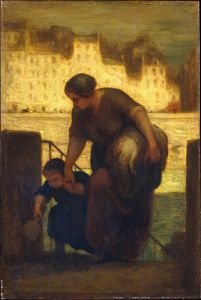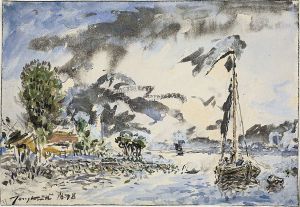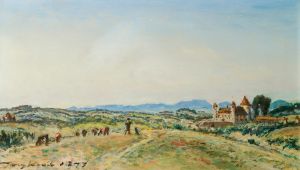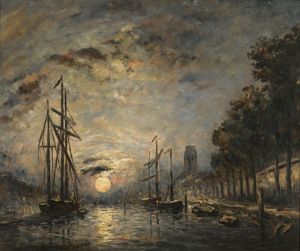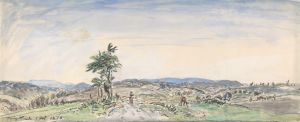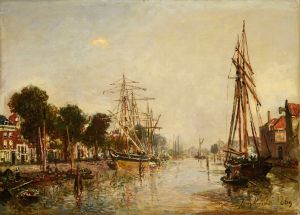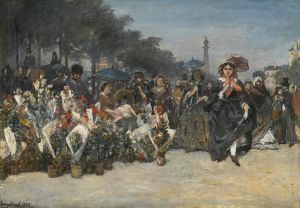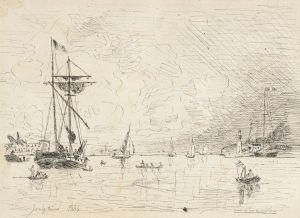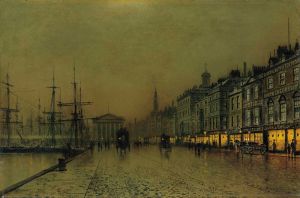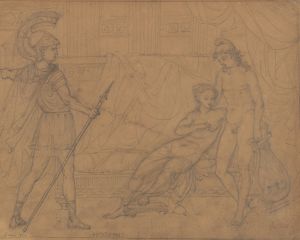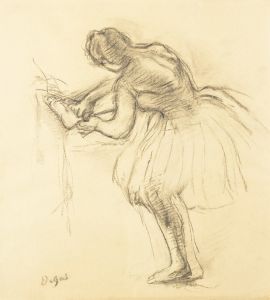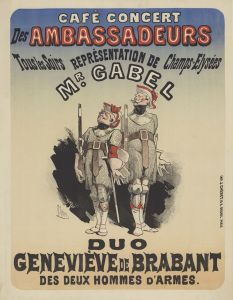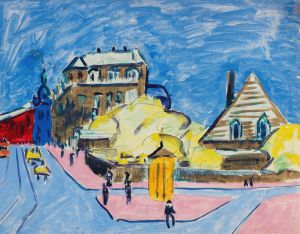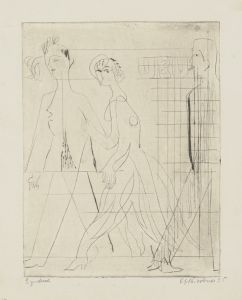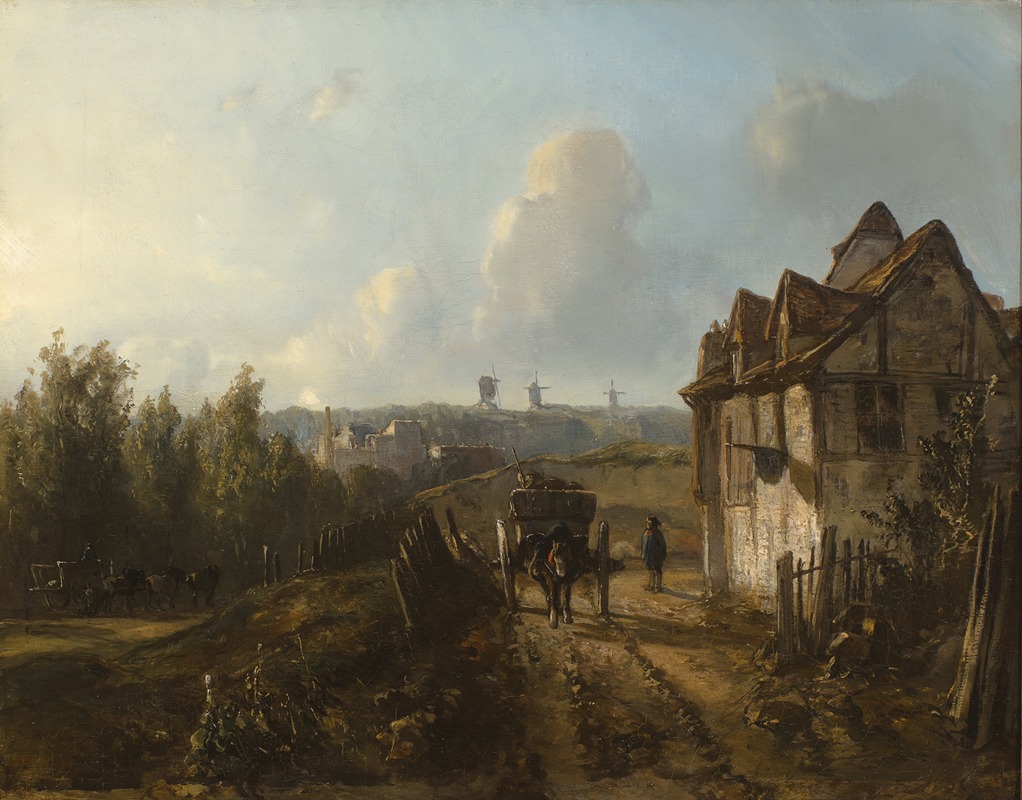
View on Monmartre
A hand-painted replica of Johan Barthold Jongkind’s masterpiece View on Monmartre, meticulously crafted by professional artists to capture the true essence of the original. Each piece is created with museum-quality canvas and rare mineral pigments, carefully painted by experienced artists with delicate brushstrokes and rich, layered colors to perfectly recreate the texture of the original artwork. Unlike machine-printed reproductions, this hand-painted version brings the painting to life, infused with the artist’s emotions and skill in every stroke. Whether for personal collection or home decoration, it instantly elevates the artistic atmosphere of any space.
"View on Montmartre" is a painting by the Dutch artist Johan Barthold Jongkind, created in 1857. Jongkind, born in 1819 in the Netherlands, is often considered a precursor to the Impressionist movement due to his innovative use of light and color. He spent a significant portion of his career in France, where he was influenced by the landscapes and urban scenes of Paris.
The painting "View on Montmartre" captures a scene from the Montmartre district in Paris, which was known for its rural charm and picturesque views during the mid-19th century. Montmartre, located on a hill in the northern part of the city, was a popular subject for many artists of the time due to its unique combination of urban and pastoral elements.
In this particular work, Jongkind employs his characteristic loose brushwork and keen attention to atmospheric effects. The painting depicts a tranquil view of Montmartre, with its winding streets, rustic buildings, and lush greenery. The composition is balanced, with a clear delineation between the foreground, middle ground, and background, guiding the viewer's eye through the scene.
Jongkind's use of light in "View on Montmartre" is particularly noteworthy. He captures the soft, diffused light of a cloudy day, which gently illuminates the landscape and creates a sense of depth and dimension. The color palette is subdued yet rich, with earthy tones dominating the scene, punctuated by touches of green and blue that add vibrancy and life to the painting.
The artist's technique in this work reflects his mastery of plein air painting, a method of painting outdoors to capture the natural light and atmosphere of a scene. This approach was revolutionary at the time and would later be embraced by the Impressionists, who admired Jongkind's ability to convey the fleeting effects of light and weather.
"View on Montmartre" is an excellent example of Jongkind's contribution to the development of modern landscape painting. His ability to blend realism with a more expressive, almost impressionistic style set him apart from his contemporaries and earned him a place in the history of art as a bridge between the Barbizon School and the Impressionist movement.
Jongkind's influence on the Impressionists, particularly on artists like Claude Monet, cannot be overstated. Monet himself acknowledged Jongkind's impact on his work, crediting him with teaching him to see and interpret the natural world in a new way. "View on Montmartre" stands as a testament to Jongkind's skill and his pivotal role in the evolution of landscape painting in the 19th century.
Today, "View on Montmartre" is appreciated not only for its aesthetic qualities but also for its historical significance. It offers a glimpse into the artistic milieu of mid-19th century Paris and the early stirrings of a movement that would go on to redefine the art world. The painting remains a cherished piece in the oeuvre of Johan Barthold Jongkind, celebrated for its beauty and its contribution to the legacy of Impressionism.





